Making an Effective Application Security Program: Strategies, Practices and tools to maximize results
AppSec is a multifaceted, robust method that goes beyond vulnerability scanning and remediation. The constantly changing threat landscape, and the rapid pace of technology advancements and the increasing complexity of software architectures calls for a holistic, proactive strategy that seamlessly integrates security into every phase of the development lifecycle. This comprehensive guide will help you understand the fundamental elements, best practices and the latest technology to support an efficient AppSec programme. ai powered appsec It helps organizations enhance their software assets, minimize risks, and establish a secure culture. The underlying principle of a successful AppSec program lies an essential shift in mentality that sees security as an integral aspect of the development process, rather than an afterthought or a separate undertaking. This paradigm shift requires close collaboration between security teams including developers, operations, and personnel, breaking down the silos and fostering a shared conviction for the security of applications they develop, deploy and manage. By embracing the DevSecOps method, organizations can weave security into the fabric of their development workflows to ensure that security considerations are taken into consideration from the very first stages of concept and design all the way to deployment and maintenance. This collaborative approach relies on the development of security guidelines and standards, which provide a framework to secure coding, threat modeling and vulnerability management. These guidelines should be based on industry-standard practices, such as the OWASP Top Ten, NIST guidelines, and the CWE (Common Weakness Enumeration) and take into consideration the individual demands and risk profiles of the organization's specific applications as well as the context of business. By creating these policies in a way that makes them easily accessible to all interested parties, organizations are able to ensure a uniform, common approach to security across their entire application portfolio. It is important to fund security training and education programs that aid in the implementation of these policies. These programs should be designed to equip developers with the knowledge and skills necessary to write secure code, identify the potential weaknesses, and follow security best practices during the process of development. The training should cover a broad spectrum of topics, from secure coding techniques and common attack vectors to threat modeling and design for secure architecture principles. By promoting a culture that encourages continuing education and providing developers with the tools and resources they require to implement security into their daily work, companies can build a solid foundation for an effective AppSec program. In addition to training, organizations must also implement rigorous security testing and validation processes to identify and address weaknesses before they are exploited by malicious actors. This requires a multilayered approach that includes static and dynamic analysis methods and manual code reviews as well as penetration testing. Early in the development cycle, Static Application Security Testing tools (SAST) are a great tool to find vulnerabilities, such as SQL Injection, Cross-Site Scripting (XSS) and buffer overflows. Dynamic Application Security Testing (DAST) tools, on the other hand, can be used to simulate attacks on running applications, identifying vulnerabilities which aren't detectable with static analysis by itself. development security platform The automated testing tools are extremely useful in discovering weaknesses, but they're far from being a panacea. Manual penetration testing and code reviews performed by highly skilled security professionals are also critical in identifying more complex business logic-related vulnerabilities that automated tools might miss. Combining automated testing with manual validation, organizations can gain a comprehensive view of the application security posture. application security with AI They can also determine the best way to prioritize remediation actions based on the severity and impact of vulnerabilities. To enhance the efficiency of an AppSec program, organizations must think about leveraging advanced technologies such as artificial intelligence (AI) and machine learning (ML) to enhance their security testing and vulnerability management capabilities. AI-powered tools can analyse large quantities of code and application data and identify patterns and anomalies that may signal security concerns. automated security monitoring These tools also learn from previous vulnerabilities and attack patterns, constantly improving their ability to detect and stop emerging threats. One particularly promising application of AI in AppSec is using code property graphs (CPGs) to enable an accurate and more efficient vulnerability identification and remediation. CPGs are a detail

AppSec is a multifaceted, robust method that goes beyond vulnerability scanning and remediation. The constantly changing threat landscape, and the rapid pace of technology advancements and the increasing complexity of software architectures calls for a holistic, proactive strategy that seamlessly integrates security into every phase of the development lifecycle. This comprehensive guide will help you understand the fundamental elements, best practices and the latest technology to support an efficient AppSec programme. ai powered appsec It helps organizations enhance their software assets, minimize risks, and establish a secure culture.
The underlying principle of a successful AppSec program lies an essential shift in mentality that sees security as an integral aspect of the development process, rather than an afterthought or a separate undertaking. This paradigm shift requires close collaboration between security teams including developers, operations, and personnel, breaking down the silos and fostering a shared conviction for the security of applications they develop, deploy and manage. By embracing the DevSecOps method, organizations can weave security into the fabric of their development workflows to ensure that security considerations are taken into consideration from the very first stages of concept and design all the way to deployment and maintenance.
This collaborative approach relies on the development of security guidelines and standards, which provide a framework to secure coding, threat modeling and vulnerability management. These guidelines should be based on industry-standard practices, such as the OWASP Top Ten, NIST guidelines, and the CWE (Common Weakness Enumeration) and take into consideration the individual demands and risk profiles of the organization's specific applications as well as the context of business. By creating these policies in a way that makes them easily accessible to all interested parties, organizations are able to ensure a uniform, common approach to security across their entire application portfolio.
It is important to fund security training and education programs that aid in the implementation of these policies. These programs should be designed to equip developers with the knowledge and skills necessary to write secure code, identify the potential weaknesses, and follow security best practices during the process of development. The training should cover a broad spectrum of topics, from secure coding techniques and common attack vectors to threat modeling and design for secure architecture principles. By promoting a culture that encourages continuing education and providing developers with the tools and resources they require to implement security into their daily work, companies can build a solid foundation for an effective AppSec program.
In addition to training, organizations must also implement rigorous security testing and validation processes to identify and address weaknesses before they are exploited by malicious actors. This requires a multilayered approach that includes static and dynamic analysis methods and manual code reviews as well as penetration testing. Early in the development cycle, Static Application Security Testing tools (SAST) are a great tool to find vulnerabilities, such as SQL Injection, Cross-Site Scripting (XSS) and buffer overflows. Dynamic Application Security Testing (DAST) tools, on the other hand, can be used to simulate attacks on running applications, identifying vulnerabilities which aren't detectable with static analysis by itself.
development security platform The automated testing tools are extremely useful in discovering weaknesses, but they're far from being a panacea. Manual penetration testing and code reviews performed by highly skilled security professionals are also critical in identifying more complex business logic-related vulnerabilities that automated tools might miss. Combining automated testing with manual validation, organizations can gain a comprehensive view of the application security posture. application security with AI They can also determine the best way to prioritize remediation actions based on the severity and impact of vulnerabilities.
To enhance the efficiency of an AppSec program, organizations must think about leveraging advanced technologies such as artificial intelligence (AI) and machine learning (ML) to enhance their security testing and vulnerability management capabilities. AI-powered tools can analyse large quantities of code and application data and identify patterns and anomalies that may signal security concerns. automated security monitoring These tools also learn from previous vulnerabilities and attack patterns, constantly improving their ability to detect and stop emerging threats.
One particularly promising application of AI in AppSec is using code property graphs (CPGs) to enable an accurate and more efficient vulnerability identification and remediation. CPGs are a detailed representation of an application's codebase which captures not just the syntactic structure of the application but additionally complex dependencies and connections between components. By harnessing the power of CPGs artificial intelligence-powered tools, they are able to perform deep, context-aware analysis of an application's security posture and identify vulnerabilities that could be missed by traditional static analysis techniques.
Additionally, CPGs can enable automated vulnerability remediation through the use of AI-powered code transformation and repair techniques. AI algorithms can produce targeted, contextual solutions by analyzing the semantics and nature of the vulnerabilities they find. This allows them to address the root of the issue rather than dealing with its symptoms. This strategy not only speed up the process of remediation but also minimizes the chance of introducing new vulnerabilities or breaking existing functions.
Another important aspect of an efficient AppSec program is the integration of security testing and verification into the continuous integration and continuous deployment (CI/CD) pipeline. Through automated security checks and embedding them in the build and deployment processes, companies can spot vulnerabilities early and prevent them from entering production environments. The shift-left approach to security can provide quicker feedback loops, and also reduces the time and effort needed to identify and fix issues.
To achieve the level of integration required enterprises must invest in proper infrastructure and tools to help support their AppSec program. This does not only include the security testing tools themselves but also the underlying platforms and frameworks that enable seamless integration and automation. Containerization technologies such Docker and Kubernetes can play a crucial part in this, creating a reliable, consistent environment to run security tests as well as separating potentially vulnerable components.
Alongside technical tools, effective collaboration and communication platforms are vital to creating security-focused culture and allow teams of all kinds to effectively collaborate. Jira and GitLab are both issue tracking systems which can assist teams in managing and prioritize security vulnerabilities. Tools for messaging and chat like Slack and Microsoft Teams facilitate real-time knowledge sharing and collaboration between security professionals.
The success of any AppSec program is not solely dependent on the technology and instruments used and the staff who work with the program. The development of a secure, well-organized culture requires leadership buy-in in clear communication, as well as the commitment to continual improvement. Companies can create an environment in which security is more than just a box to mark, but an integral element of development by fostering a sense of accountability by encouraging dialogue and collaboration as well as providing support and resources and encouraging a sense that security is a shared responsibility.
To ensure that their AppSec program to stay effective for the long-term companies must establish meaningful metrics and key-performance indicators (KPIs). These KPIs can help them monitor their progress and pinpoint areas for improvement. These metrics should be able to span the entire application lifecycle that includes everything from the number of vulnerabilities discovered during the development phase to the time it takes to correct the problems and the overall security posture of production applications. These indicators can be used to illustrate the benefits of AppSec investments, detect patterns and trends and assist organizations in making decision-based decisions based on data regarding where to focus their efforts.
Moreover, organizations must engage in continual education and training efforts to keep up with the ever-changing threat landscape as well as emerging best practices. It could involve attending industry-related conferences, participating in online-based training programs and collaborating with security experts from outside and researchers to stay abreast of the most recent trends and techniques. Through fostering a culture of continuous learning, companies can make sure that their AppSec program remains adaptable and resilient in the face new threats and challenges.
Additionally, it is essential to recognize that application security is not a one-time effort it is an ongoing process that requires sustained dedication and investments. As new technology emerges and development methods evolve and change, companies need to constantly review and modify their AppSec strategies to ensure that they remain effective and aligned to their business objectives. Through embracing a culture of continuous improvement, fostering cooperation and collaboration, and harnessing the power of advanced technologies like AI and CPGs. Organizations can build a robust, adaptable AppSec program which not only safeguards their software assets but also lets them innovate with confidence in an increasingly complex and challenging digital landscape.automated security monitoring























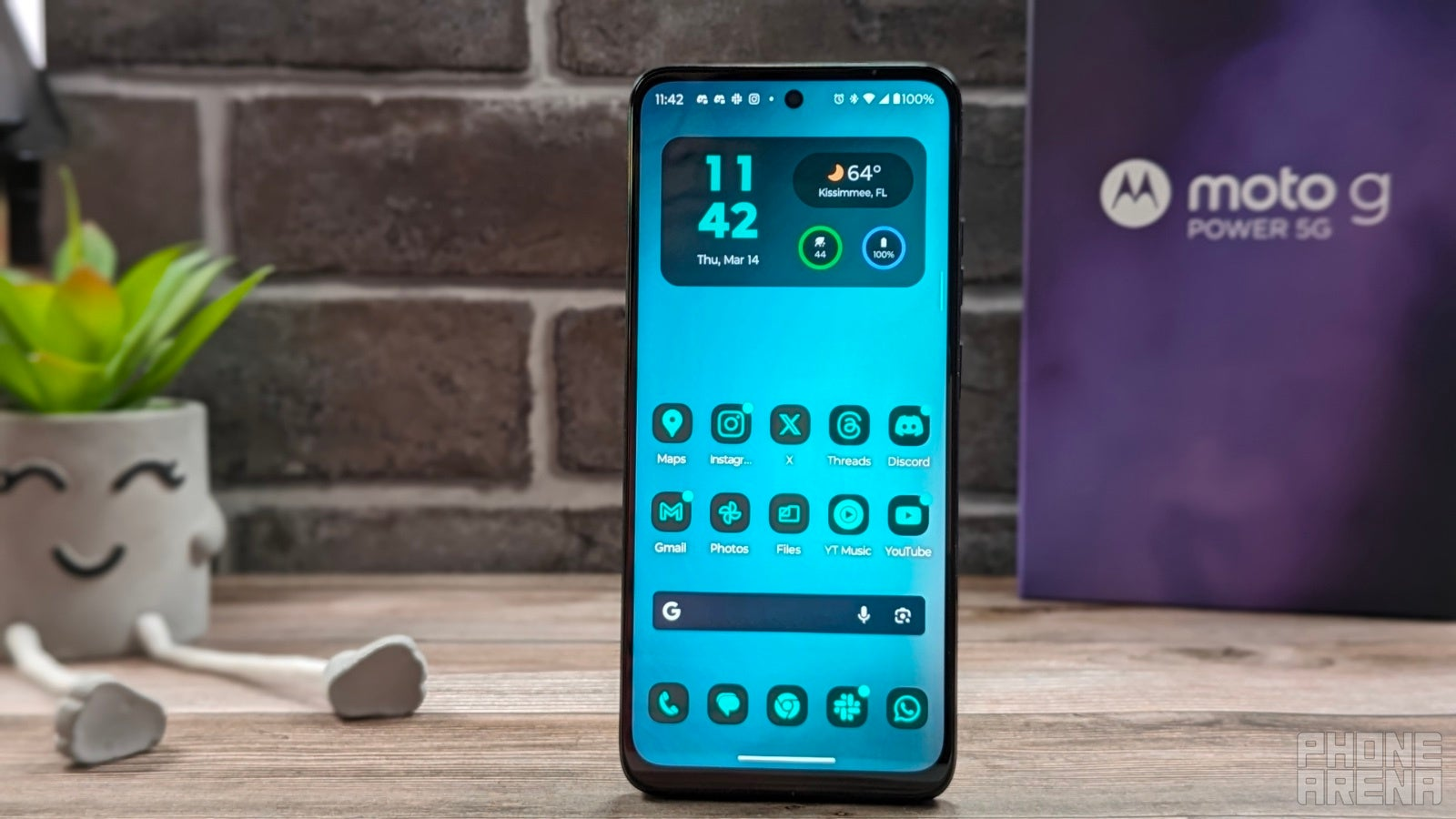
























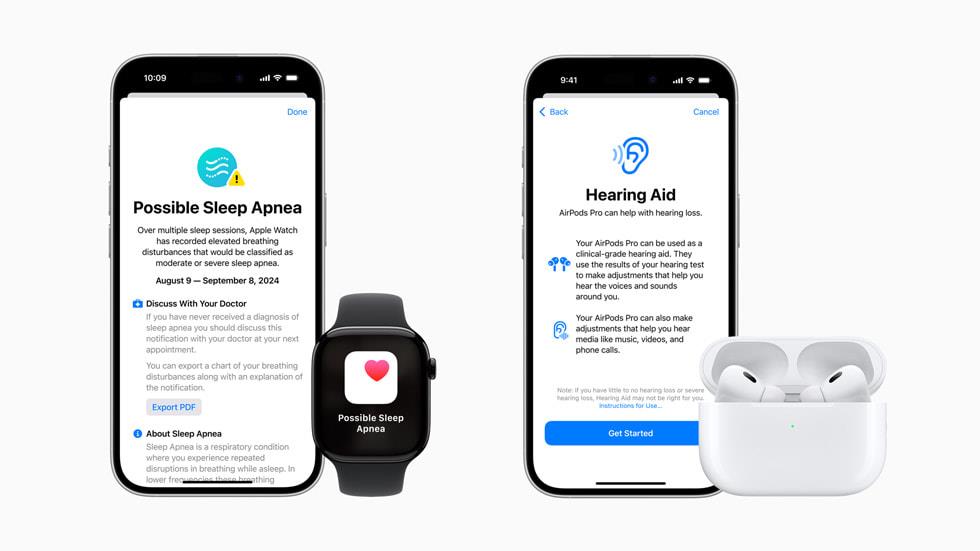
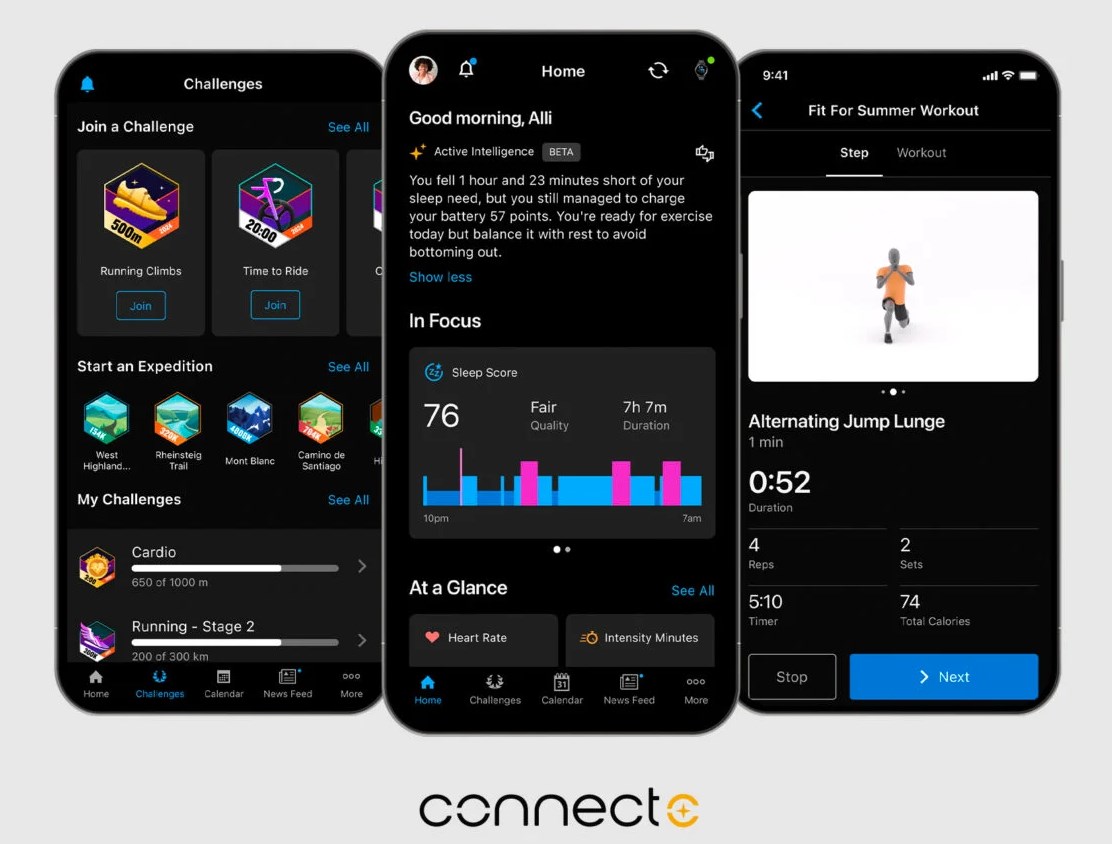
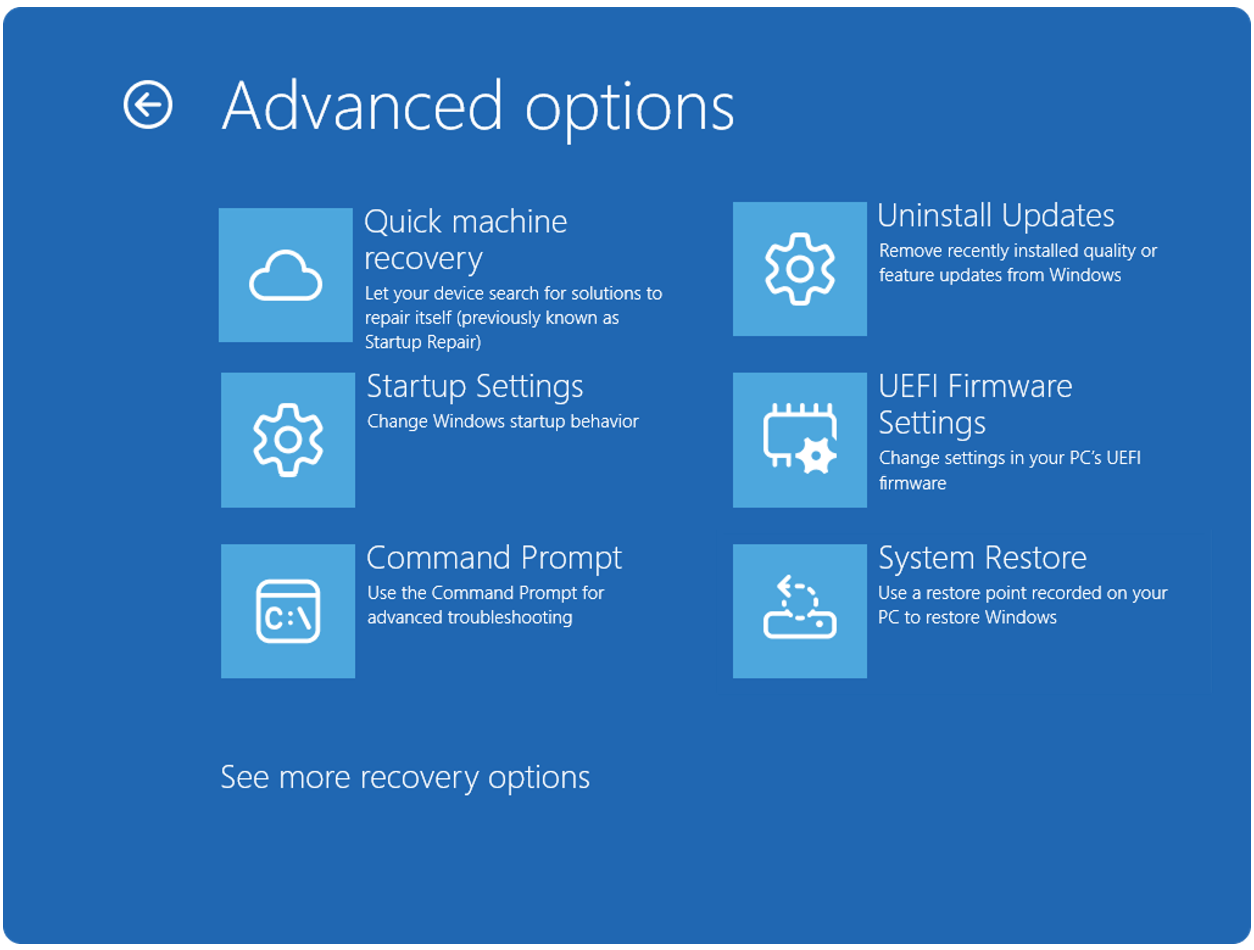

















![Apple Watch Series 10 Prototype with Mystery Sensor Surfaces [Images]](https://www.iclarified.com/images/news/96892/96892/96892-640.jpg)

![Get Up to 69% Off Anker and Eufy Products on Final Day of Amazon's Big Spring Sale [Deal]](https://www.iclarified.com/images/news/96888/96888/96888-640.jpg)
![Apple Officially Releases macOS Sequoia 15.4 [Download]](https://www.iclarified.com/images/news/96887/96887/96887-640.jpg)


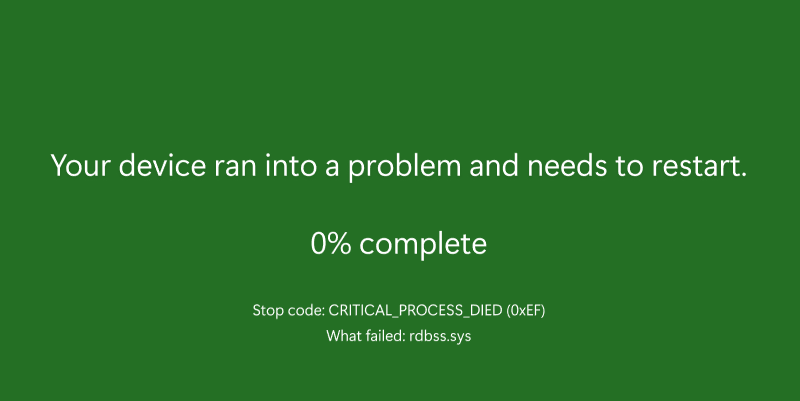










![What’s new in Android’s March 2025 Google System Updates [U: 3/31]](https://i0.wp.com/9to5google.com/wp-content/uploads/sites/4/2025/01/google-play-services-1.jpg?resize=1200%2C628&quality=82&strip=all&ssl=1)











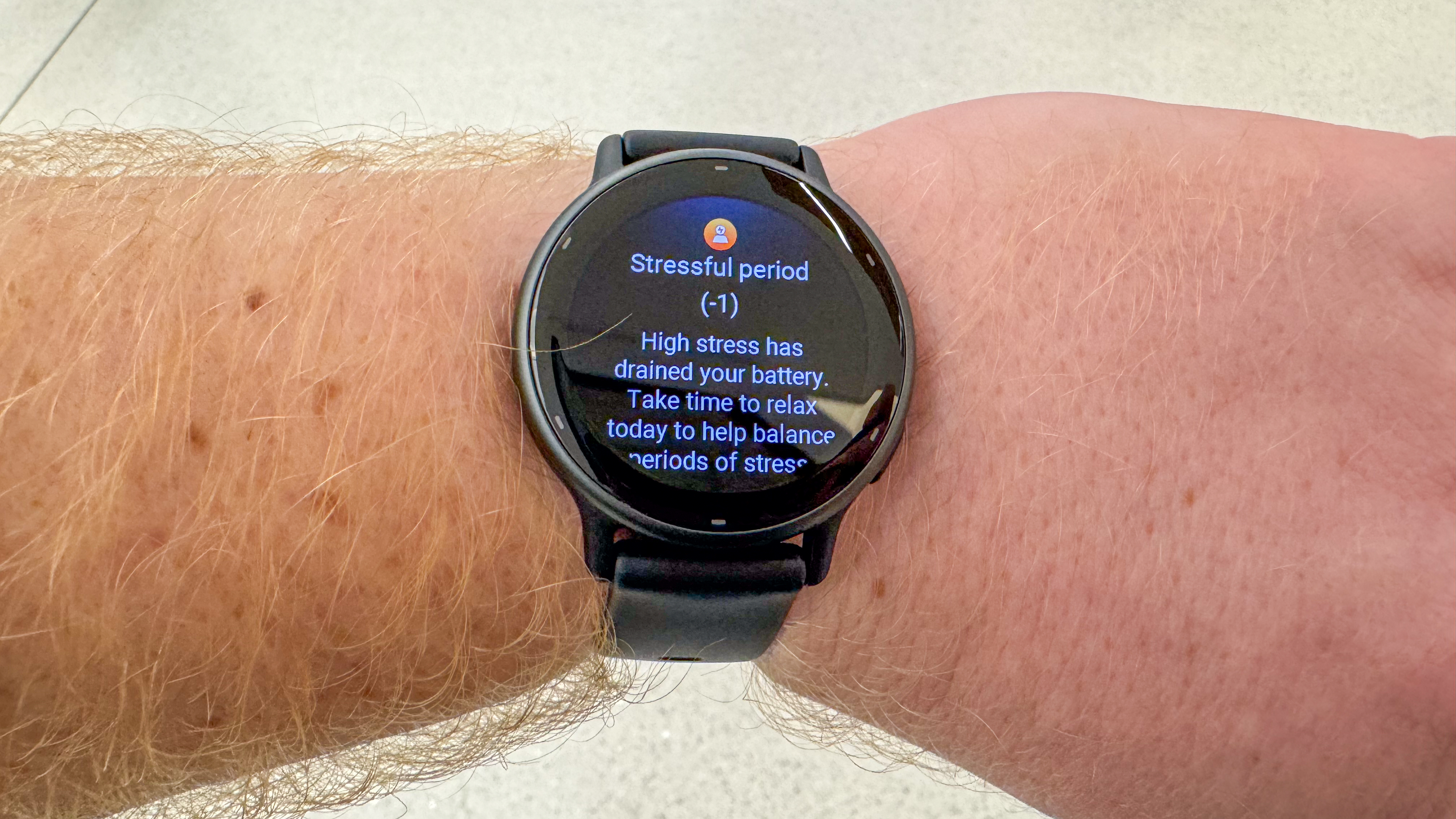



-xl-xl.jpg)
























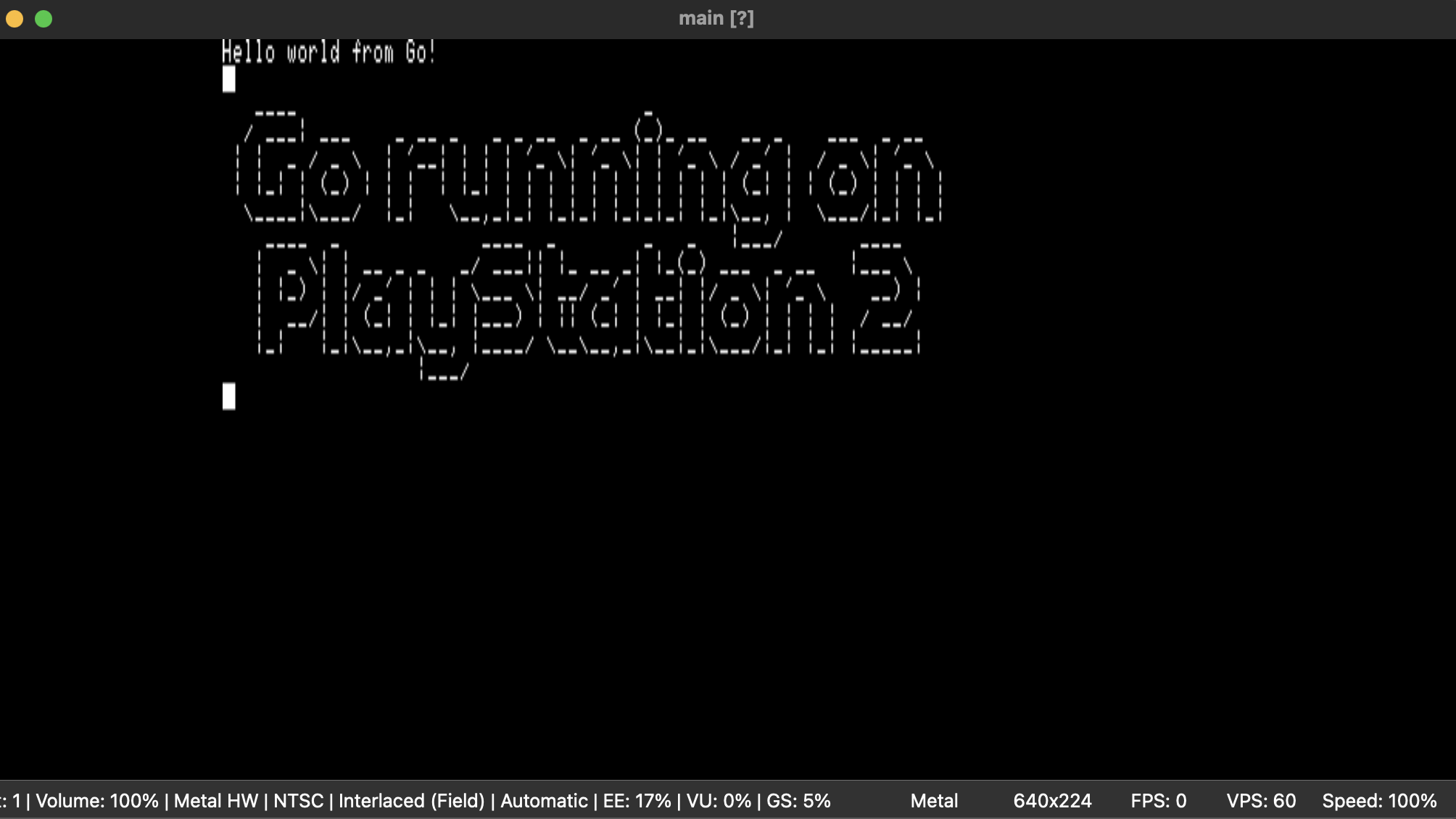


























































































































![[The AI Show Episode 141]: Road to AGI (and Beyond) #1 — The AI Timeline is Accelerating](https://www.marketingaiinstitute.com/hubfs/ep%20141.1.png)
![[The AI Show Episode 140]: New AGI Warnings, OpenAI Suggests Government Policy, Sam Altman Teases Creative Writing Model, Claude Web Search & Apple’s AI Woes](https://www.marketingaiinstitute.com/hubfs/ep%20140%20cover.png)
![[The AI Show Episode 139]: The Government Knows AGI Is Coming, Superintelligence Strategy, OpenAI’s $20,000 Per Month Agents & Top 100 Gen AI Apps](https://www.marketingaiinstitute.com/hubfs/ep%20139%20cover-2.png)
































































































































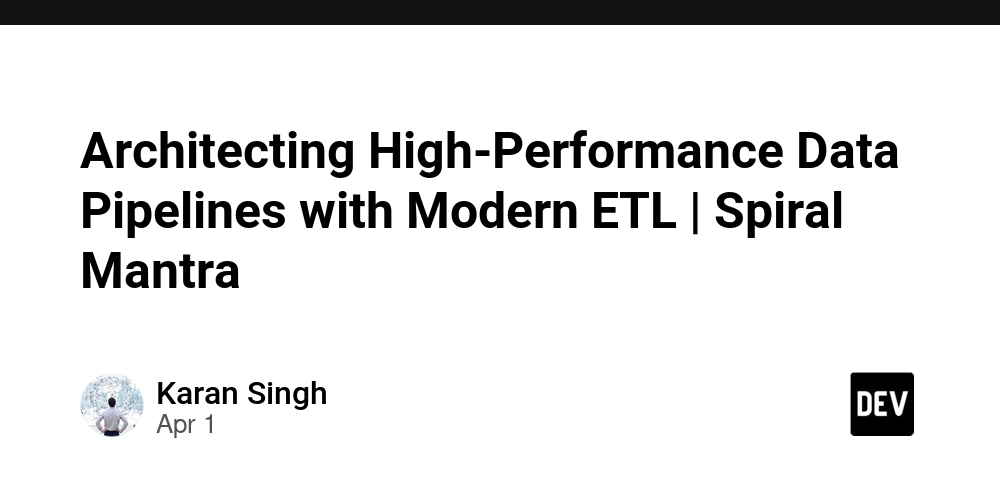
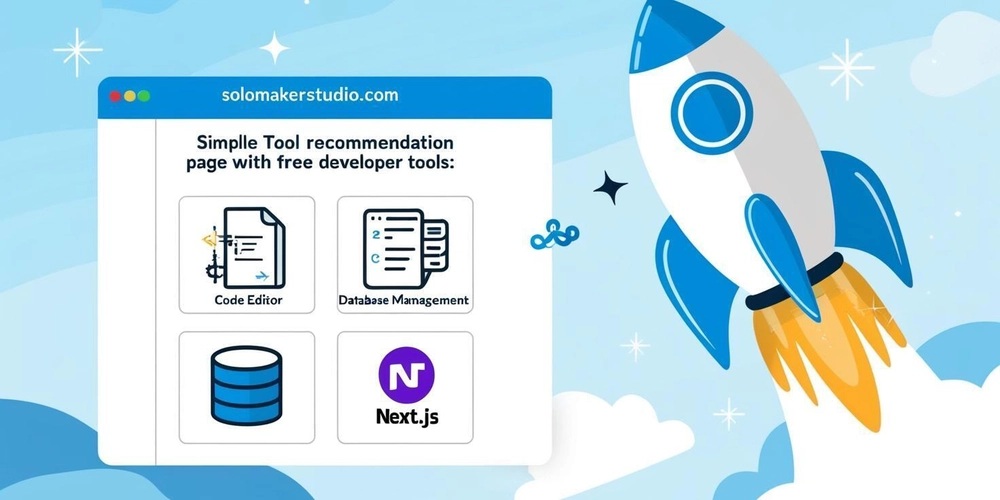


![From broke musician to working dev. How college drop-out Ryan Furrer taught himself to code [Podcast #166]](https://cdn.hashnode.com/res/hashnode/image/upload/v1743189826063/2080cde4-6fc0-46fb-b98d-b3d59841e8c4.png?#)

























-1280x720.jpg?width=1920&height=1920&fit=bounds&quality=80&format=jpg&auto=webp#)


























































